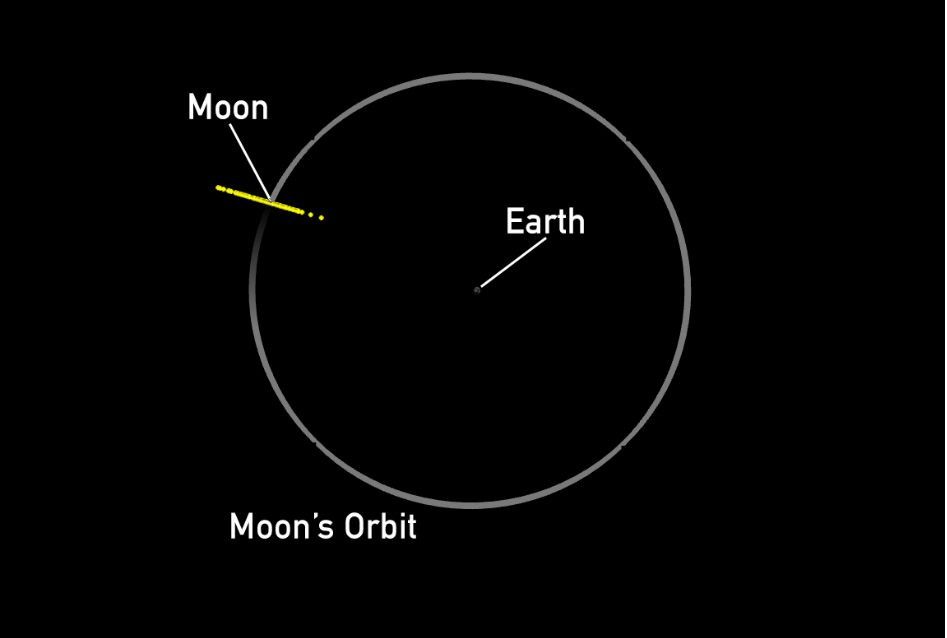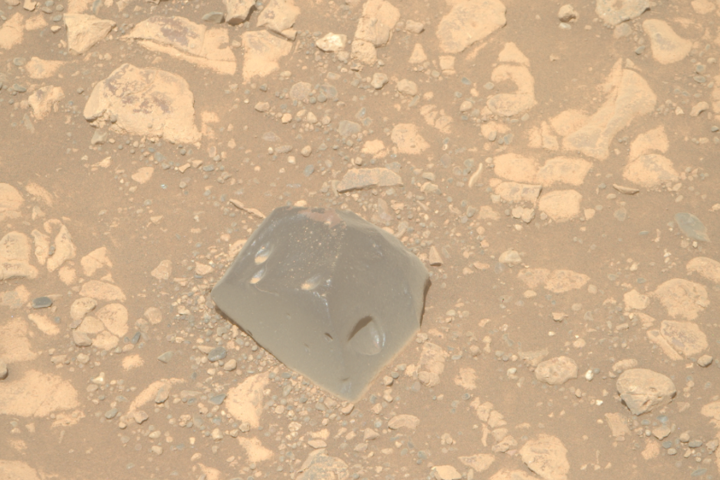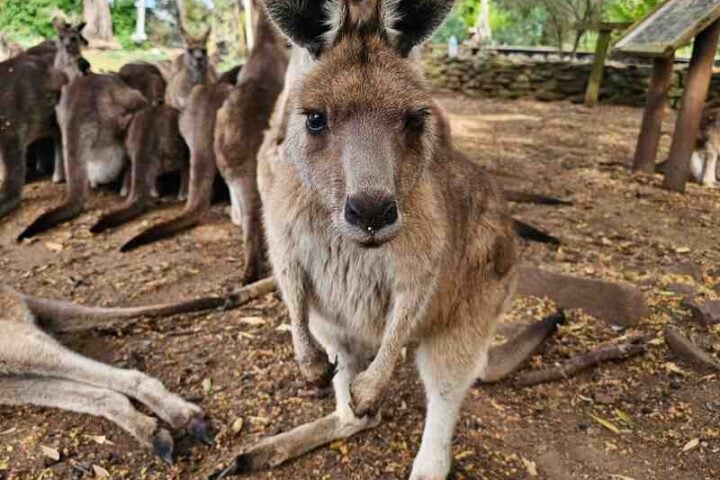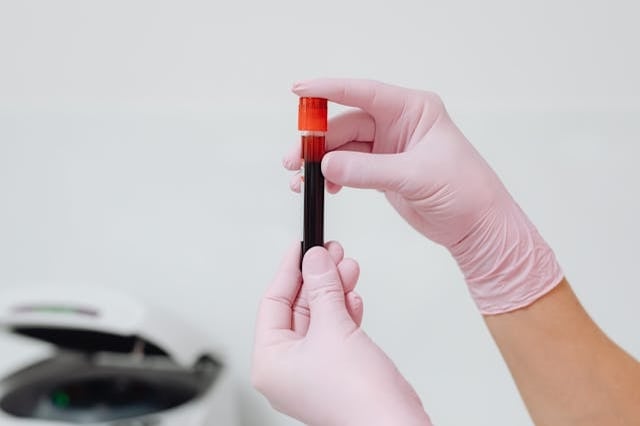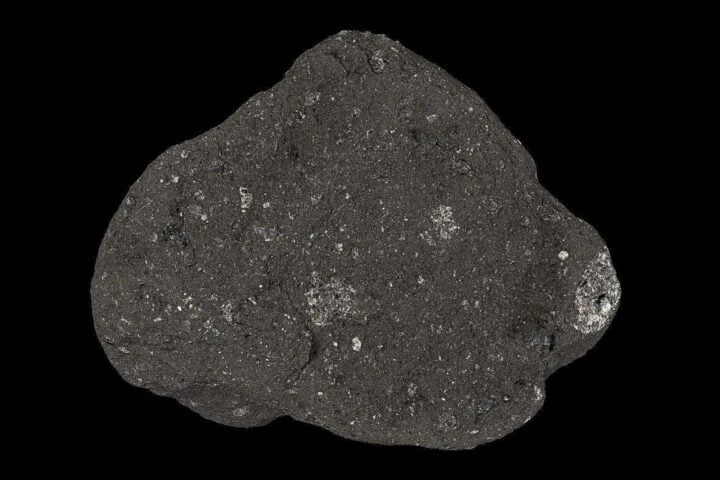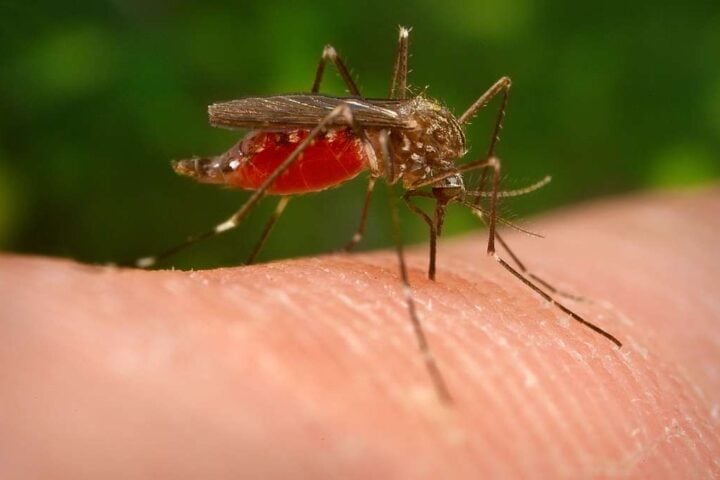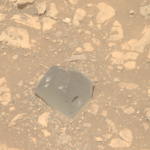NASA scientists have increased their estimate of the chance that asteroid 2024 YR4 will hit the Moon in 2032, while confirming Earth remains safe from impact.
The space rock, first spotted in December 2024, now has a 3.8% chance of striking the Moon on December 22, 2032 – up from the previous estimate of 1.7% in February. NASA emphasized there’s still a 96.2% chance the asteroid will miss the Moon completely.
“There is still a 96.2% chance that the asteroid will miss the Moon,” NASA stated in a recent update. “In the small chance that the asteroid were to impact, it would not alter the Moon’s orbit.”
New observations from the James Webb Space Telescope have allowed scientists to refine their size estimates of the asteroid. It’s now believed to be between 53-67 meters across (about the size of a 10-story building), narrower than the previous estimate of 40-90 meters.
When first discovered, the asteroid caused brief concern with a small calculated risk of Earth impact in 2032. That risk has since been reduced to near zero (0.004%), effectively eliminating any threat to our planet.
Similar Posts
Astronomers will continue tracking the space rock until mid-April, when it becomes too distant and faint for ground-based telescopes to monitor. The Webb telescope will observe it again in late April or early May before the asteroid disappears into the outer solar system for several years.

A lunar impact, while unlikely, would offer scientists a rare opportunity to observe an asteroid collision in real time and study how the Moon responds to such an event.
Professor Mark Burchell from the University of Kent told New Scientist magazine that a Moon hit would be “a great experiment and a perfect opportunity,” adding that “telescopes would certainly see it, and binoculars might.”
NASA’s Center for Near Earth Object Studies continues to refine its calculations as new data becomes available, part of ongoing global efforts to track and catalog near-Earth objects.
Frequently Asked Questions
No, the risk of Earth impact has been reduced to nearly zero (0.004%). NASA has confirmed our planet is safe from this asteroid. Current concerns are focused on the small possibility of a lunar impact instead.
The James Webb Space Telescope has helped scientists refine their estimate of the asteroid’s size to between 53-67 meters in diameter (approximately 174-220 feet). This is roughly equivalent to a 10-story building.
NASA has calculated a 3.8% chance of the asteroid hitting the Moon on December 22, 2032. This is an increase from the previous estimate of 1.7% in February. There’s still a 96.2% chance it will miss the Moon completely.
According to Professor Mark Burchell from the University of Kent, “Telescopes would certainly see it, and binoculars might.” A lunar impact would create a new crater and provide scientists with valuable data about asteroid collisions.
NASA’s Center for Near Earth Object Studies and the worldwide planetary defense community are tracking the asteroid using both ground-based telescopes and the James Webb Space Telescope. Ground observations will continue until mid-April when the asteroid becomes too faint, and Webb will make additional observations in late April or early May.
No. NASA has clearly stated that even if the asteroid were to impact the Moon, “it would not alter the Moon’s orbit.” The asteroid is not large enough to cause any significant change to the Moon’s trajectory around Earth.
